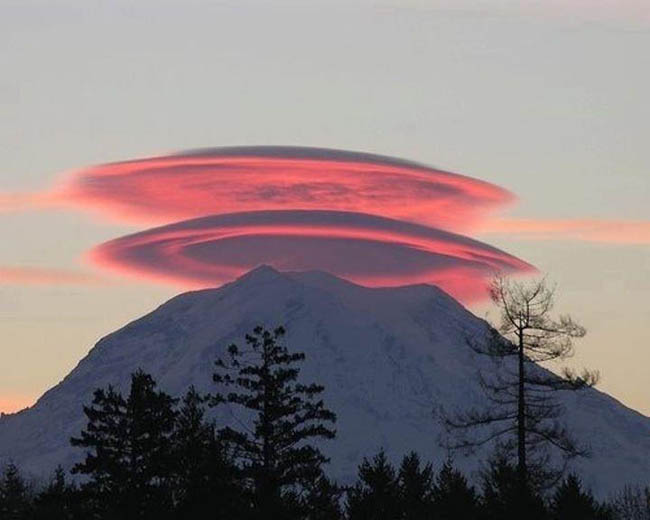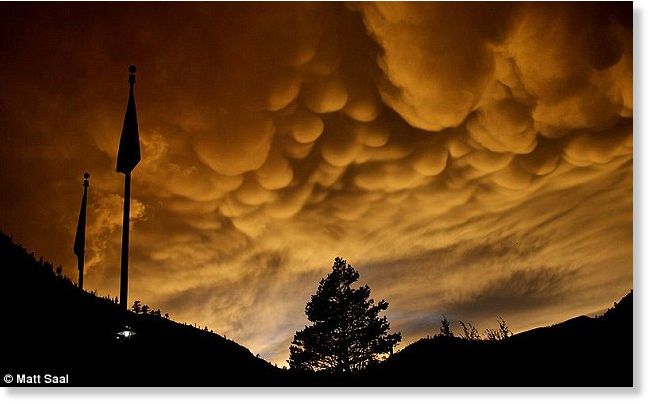Okay... this was not an easy assignment. How would one simply
chose a "favorite object" in this museum full of beautiful and
significant objects? Statistically, it wasn't even possible... I didn't even see all of the objects so how can I name one of them my "favorite"? During our field trip I was
completely overwhelmed. I couldn't focus on any objects knowing there are
hundreds more in the same room. I wanted to give every object a chance, which
quickly became a daunting task seeing as every object was significant,
important, intriguing, beautiful, and, in some cases, a favorite object to
someone else at one time. I went back to the Penn Museum over break, to give
myself more time and not rush, and still felt that there was no way to choose
one object. Even reviewing my photos, I still can't decide. Oy.
My visits to the
Penn Museum were unreal. I didn't know what to expect when I first visited. I
had no idea how large it was, how it was laid out, and what type of things I
would see. The Egyptian Galleries gave me chills. Viewing the Chinese
and Japanese collections under the spacious Rotunda was surreal and made me
feel tiny and small, but in an awestruck sort of way. The combination
of objects and artifacts with their history was a lot to take in, but the Penn
Museum also provided a lot of information about how the objects were collected
providing me with the history about the history of finding the objects. This
fascinated me, and added to the tricky
task of choosing ONE thing.
And then I found out that the Penn Museum has over a million objects and only 5% are on display.
So long story short, for my favorite
object, I chose an interactive in the Artifact Lab. I partially feel like I'm
taking an easy way out, since there are so many amazing objects filling this
museum. But it was interesting and I liked how it was presented.
See What a
Conservator Sees Interactive
September 2012
The See What a
Conservator Sees interactive is an activity involving high powered microscopes
connected to computer screens to easily display the magnification. With it are
slides of materials that conservators look at. There is two of each type of material,
a newer version and an older version, to allow for comparisons between the two.
This display was engaging and interesting to see how some materials change over
time and how conservators look for these changes to understand how old and
figure out the story of some objects.
 |
| Materials provided included: Copper, Linen, and Papyrus |
This object is
found "In The Artifact Lab" room that was opened on September 30,
2012. It is very new, and does not have a lot of wear. Its location in the
Artifact Lab is right up against the lab windows, allowing visitors to almost
feel as though they are in the lab as well, working on analyzing the materials.
Since it is right next to the lab glass, there are real mummies nearby along
with other instruments and tools for conservation that the conservationists are
using, though they are on the other side of the glass.
The interactive is
very modern and simple and fits in with the lab setting. The technology is easy
to use and not overly complicated and shows the magnification very well. I now
presume an Exhibit Developer created this concept since it is very easy for the
public to understand and use and it explains what the conservationist are doing
with the microscopes in their lab, and what they are looking for. The slides were very durable and the directions were easy to follow.
Other fields of
study to enrich my understanding would be conservation, and further knowledge
on these materials and textiles in relationship to anthropology. In addition,
knowing more about how these materials break down, and how they date the
objects (carbon dating or other methods) would also be something to explore.
Those not
interested in this interactive could be those more interested in the mummy next
to it. As I was exploring the interactive, everyone else in the lab was right
up against the glass looking at the mummies and talking with the
conservationist. Also those who are not interested in the small details and how
conservation is done, but rather would like to know the history and story about
the objects and materials, not the scientific process that is involved with
figuring out the history.
 |
| Only text provided with this activity |
Opposing views
would find the object to be too simplistic and doesn't provide enough text
about how materials and how they relate to the conservation process. I agree,
and wish there was more information about each of the materials or about the
microscopes. I do not know what magnification the microscope was and wish I
knew, and what type of microscope it was why they chose that type and if it
provides advantages over other types of microscopes.
Programming for
this interactive would be to already have magnifications of the materials and
do a matching activity with the old material vs. the new material to see if
visitors can determine which is which before using the microscope. Also
providing anomalies and examples of things that provide a lot of information in
the materials such as discoloration of a certain type of metal means that
"xyz" took place at one time.


.jpg)







.jpg)




